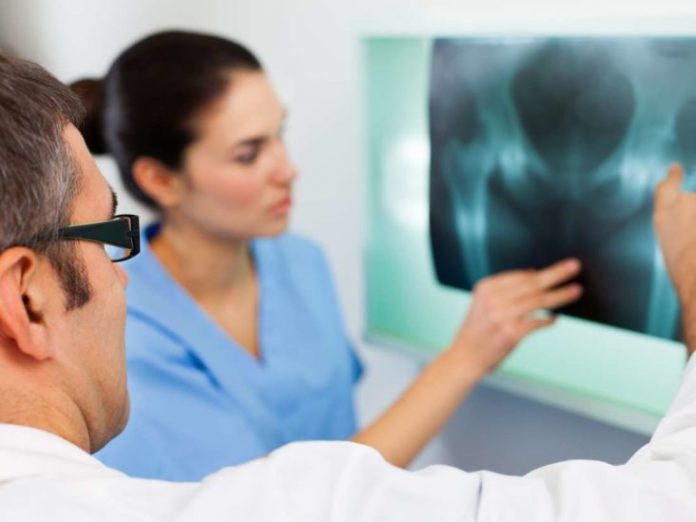Osteoporosis is a condition that affects the quality of life of postmenopausal women; about half of them will suffer an osteoporosis-related fracture during their lifetime. Testing for and treating women with low bone mineral density can decrease the risk for subsequent fractures and fracture-related morbidity and mortality. However, a new UCLA study, published online in the Journal of Bone and Mineral Research found that osteoporosis screening for women aged 50-64 was falling far short of the mark.
Women aged 65 years and older are routinely recommended for bone density testing to screen for osteoporosis; however, it is currently unclear which women between ages 50 and 64 should undergo screening. Using data from the Women’s Health Initiative study, the UCLA researchers assessed the screening strategy recommended by the United States Preventive Services Task Force (USPSTF) for women in this age group. They found that the USPSTF would only identify 34% of women who actually had a bone mineral density that was in the osteoporosis range; thus, the screening misses two-thirds of at-risk women.
To gain insight into how the screening process would be improved, I consulted with lead author Carolyn Crandall M.D., a specialist in internal medicine at Ronald Reagan UCLA Medical Center; Dr. Crandall has a special interest in osteoporosis and the menopause. Dr. Crandall noted that we currently have solid evidence that we should screen all women aged 65 and over for osteoporosis using a bone density test. However, among the younger postmenopausal women who are between ages 50 and 64, it is less clear what is the optimal way to select who would benefit from screening bone density tests. For these younger postmenopausal women, the USPSTF recommends screening bone density tests for women who have a predicted 10-year osteoporosis fracture risk that is equal to or greater than 9.3%. (That risk can be calculated using an online risk calculator called FRAX). However, to the best of our knowledge, no studies have previously examined the ability of that particular strategy, using the FRAX cutoff of 9.3%, to detect women who actually have bone density that is at the osteoporosis level (meaning a level that would warrant medication to prevent fracture). The fact that this strategy would only identify 34% of women who actually have bone mineral density in the osteoporosis range is a wake-up call that an urgent need exists for determining how to better identify the many women with low bone density who likely are not identified by this strategy. In the meantime, Dr. Crandall and her team recommend that bone density testing should certainly be performed for women between 50 and 64 years of age who have a predicted FRAX risk of 9.3% or greater. The FRAX risk calculator can be found.
Osteoporosis, or porous bone, is a disease in which there is a loss of bone mass and destruction of bone tissue. This process causes weakening of the bones and makes them more likely to break. The bones most often affected are the hips, spine, and wrists. The condition affects more than 10 million Americans over the age of 50, with women four times more likely to develop osteoporosis than men. Another 34 million Americans over the age of 50 have low bone mass (osteopenia) and therefore have an increased risk for osteoporosis. Estrogen deficiency is one of the main causes of bone loss in women during and after menopause. Women may lose up to 20% of their bone mass in the five to seven years following menopause.
Although the exact medical cause for osteoporosis is unknown, a number of factors contribute to osteoporosis, including the following:
Aging: Bones become less dense and weaker with age.
Race: Caucasian and Asian women are most at risk; however, all races may develop the disease.
Body weight: Obesity is associated with a higher bone mass; therefore, individuals who weigh less and have less muscle are more at risk for developing osteoporosis.
Lifestyle factors: The following lifestyle factors may increase a person’s risk of osteoporosis:
Physical inactivity
Caffeine
Excessive alcohol use
Smoking
Dietary calcium and Vitamin D deficiency
Certain medications
Family history of bone disease















